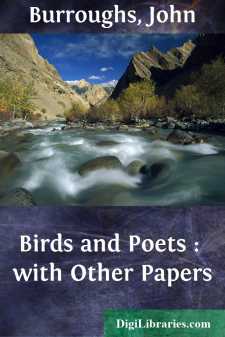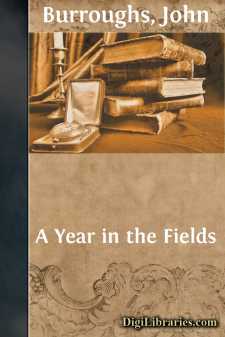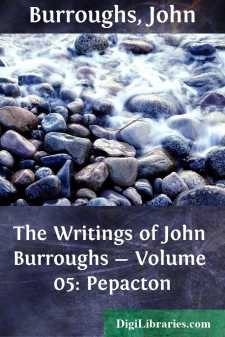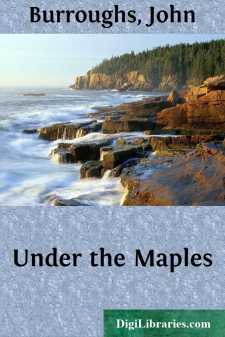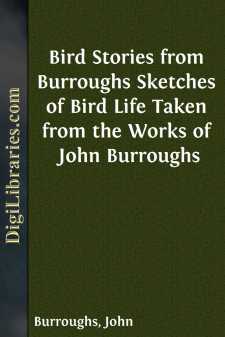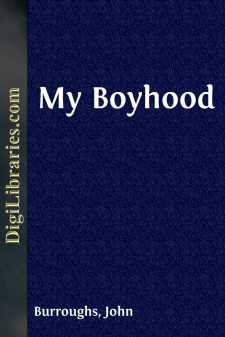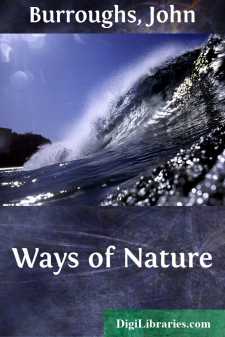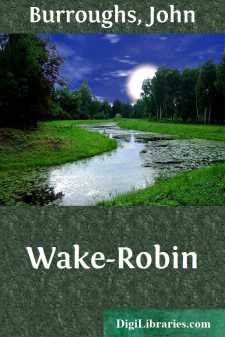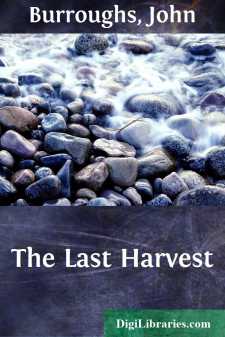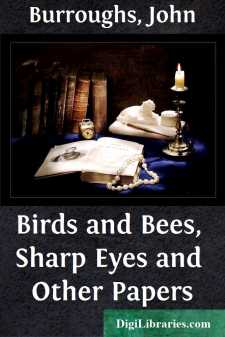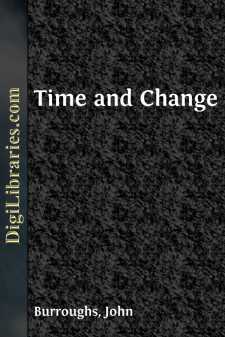Categories
- Antiques & Collectibles 13
- Architecture 36
- Art 48
- Bibles 22
- Biography & Autobiography 813
- Body, Mind & Spirit 142
- Business & Economics 28
- Children's Books 17
- Children's Fiction 14
- Computers 4
- Cooking 94
- Crafts & Hobbies 4
- Drama 346
- Education 46
- Family & Relationships 57
- Fiction 11829
- Games 19
- Gardening 17
- Health & Fitness 34
- History 1377
- House & Home 1
- Humor 147
- Juvenile Fiction 1873
- Juvenile Nonfiction 202
- Language Arts & Disciplines 88
- Law 16
- Literary Collections 686
- Literary Criticism 179
- Mathematics 13
- Medical 41
- Music 40
- Nature 179
- Non-Classifiable 1768
- Performing Arts 7
- Periodicals 1453
- Philosophy 64
- Photography 2
- Poetry 896
- Political Science 203
- Psychology 42
- Reference 154
- Religion 513
- Science 126
- Self-Help 84
- Social Science 81
- Sports & Recreation 34
- Study Aids 3
- Technology & Engineering 59
- Transportation 23
- Travel 463
- True Crime 29
Birds and Poets : with Other Papers
by: John Burroughs
Description:
Excerpt
I BIRDS AND POETS
"In summer, when the shawes be shene,
And leaves be large and long,
It is full merry in fair forest
To hear the fowlés' song.
The wood-wele sang, and wolde not cease,
Sitting upon the spray;
So loud, it wakened Robin Hood
In the greenwood where he lay."
It might almost be said that the birds are all birds of the poets and of no one else, because it is only the poetical temperament that fully responds to them. So true is this, that all the great ornithologists—original namers and biographers of the birds—have been poets in deed if not in word. Audubon is a notable case in point, who, if he had not the tongue or the pen of the poet, certainly had the eye and ear and heart—"the fluid and attaching character"—and the singleness of purpose, the enthusiasm, the unworldliness, the love, that characterize the true and divine race of bards.
So had Wilson, though perhaps not in as large a measure; yet he took fire as only a poet can. While making a journey on foot to Philadelphia, shortly after landing in this country, he caught sight of the red-headed woodpecker flitting among the trees,—a bird that shows like a tricolored scarf among the foliage,—and it so kindled his enthusiasm that his life was devoted to the pursuit of the birds from that day. It was a lucky hit. Wilson had already set up as a poet in Scotland, and was still fermenting when the bird met his eye and suggested to his soul a new outlet for its enthusiasm.
The very idea of a bird is a symbol and a suggestion to the poet. A bird seems to be at the top of the scale, so vehement and intense is his life,—large-brained, large-lunged, hot, ecstatic, his frame charged with buoyancy and his heart with song. The beautiful vagabonds, endowed with every grace, masters of all climes, and knowing no bounds,—how many human aspirations are realized in their free, holiday lives, and how many suggestions to the poet in their flight and song!
Indeed, is not the bird the original type and teacher of the poet, and do we not demand of the human lark or thrush that he "shake out his carols" in the same free and spontaneous manner as his winged prototype? Kingsley has shown how surely the old minnesingers and early ballad-writers have learned of the birds, taking their key-note from the blackbird, or the wood-lark, or the throstle, and giving utterance to a melody as simple and unstudied. Such things as the following were surely caught from the fields or the woods:—
"She sat down below a thorn,
Fine flowers in the valley,
And there has she her sweet babe borne,
And the green leaves they grow rarely."
Or the best lyric pieces, how like they are to certain bird-songs!—clear, ringing, ecstatic, and suggesting that challenge and triumph which the outpouring of the male bird contains. (Is not the genuine singing, lyrical quality essentially masculine?) Keats and Shelley, perhaps more notably than any other English poets, have the bird organization and the piercing wild-bird cry. This, of course, is not saying that they are the greatest poets, but that they have preëminently the sharp semi-tones of the sparrows and the larks....


